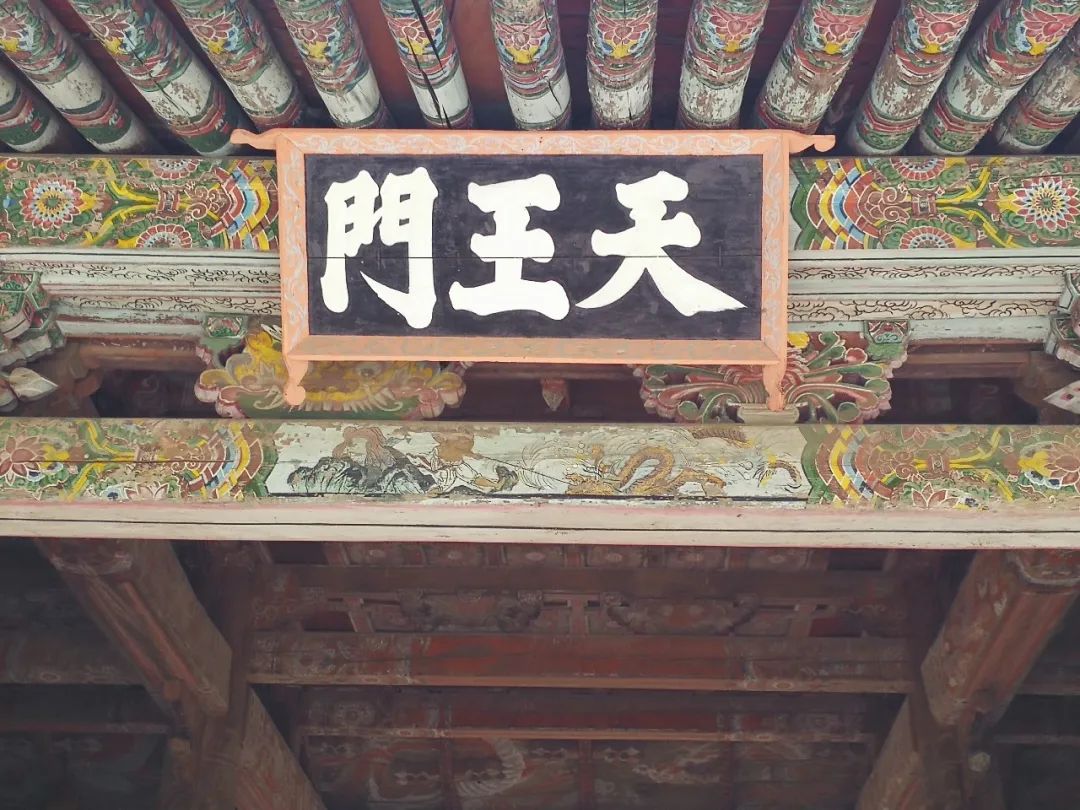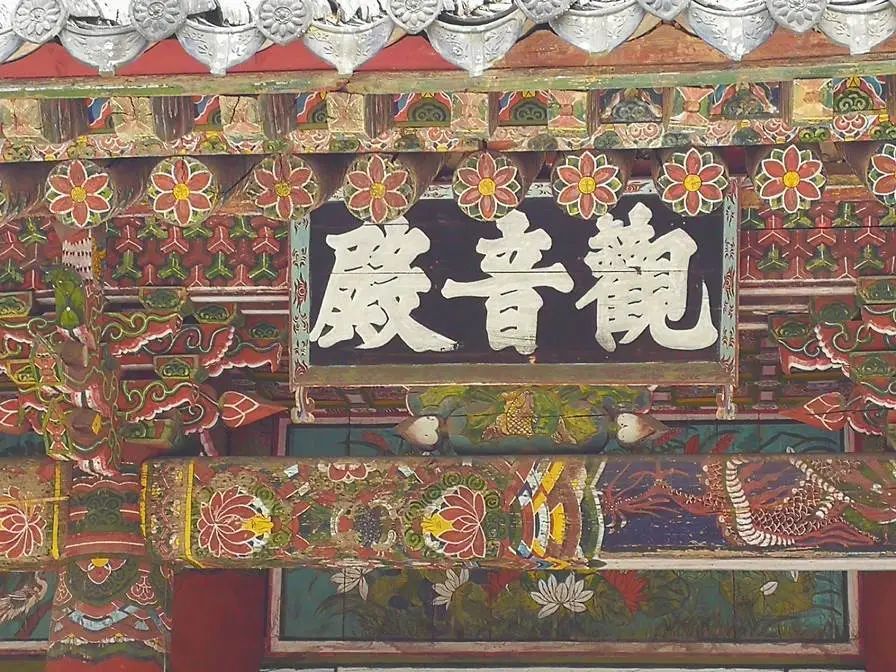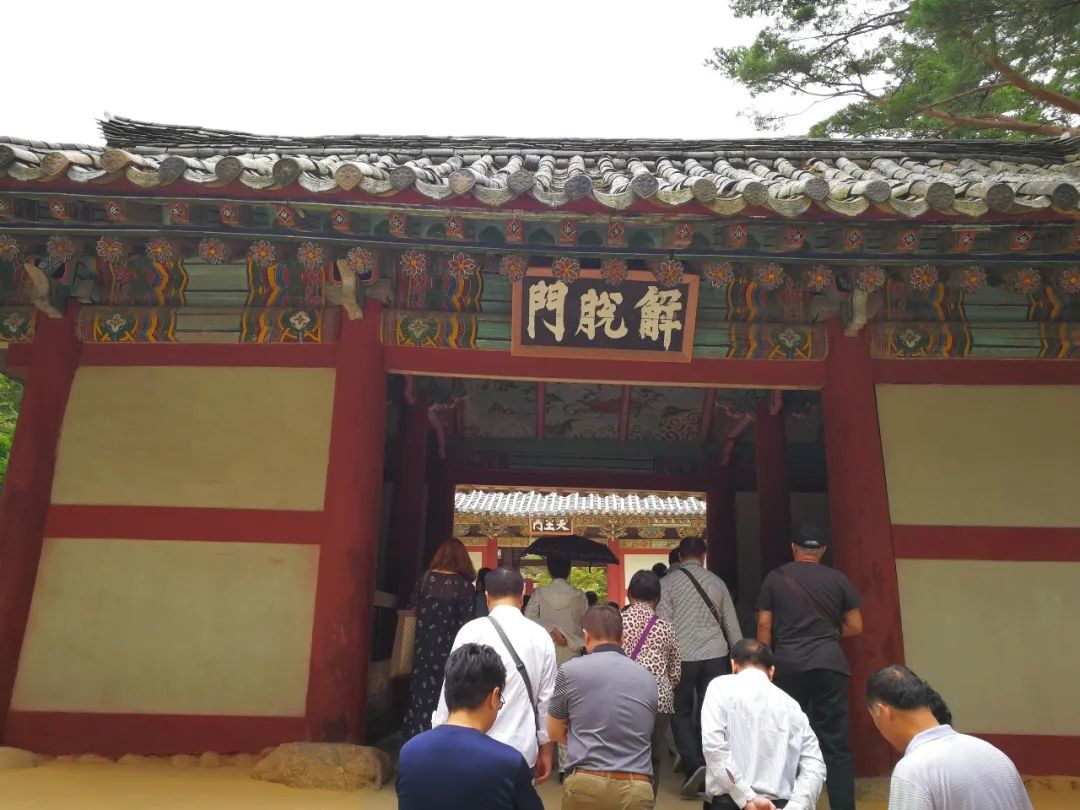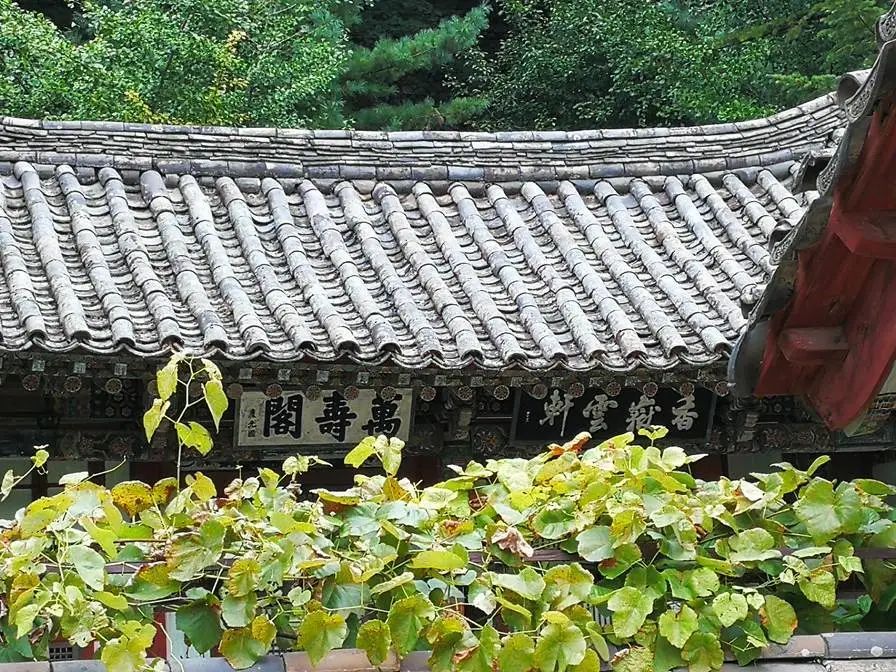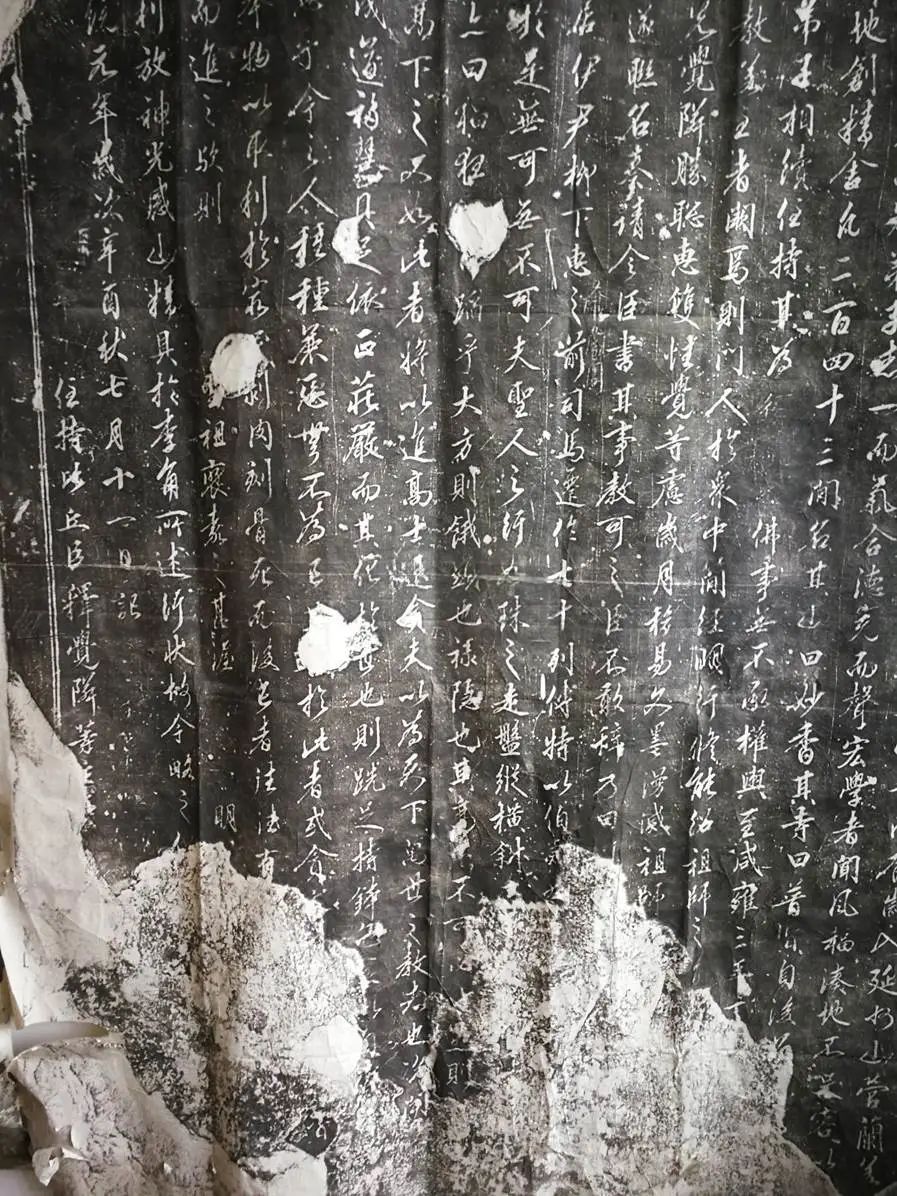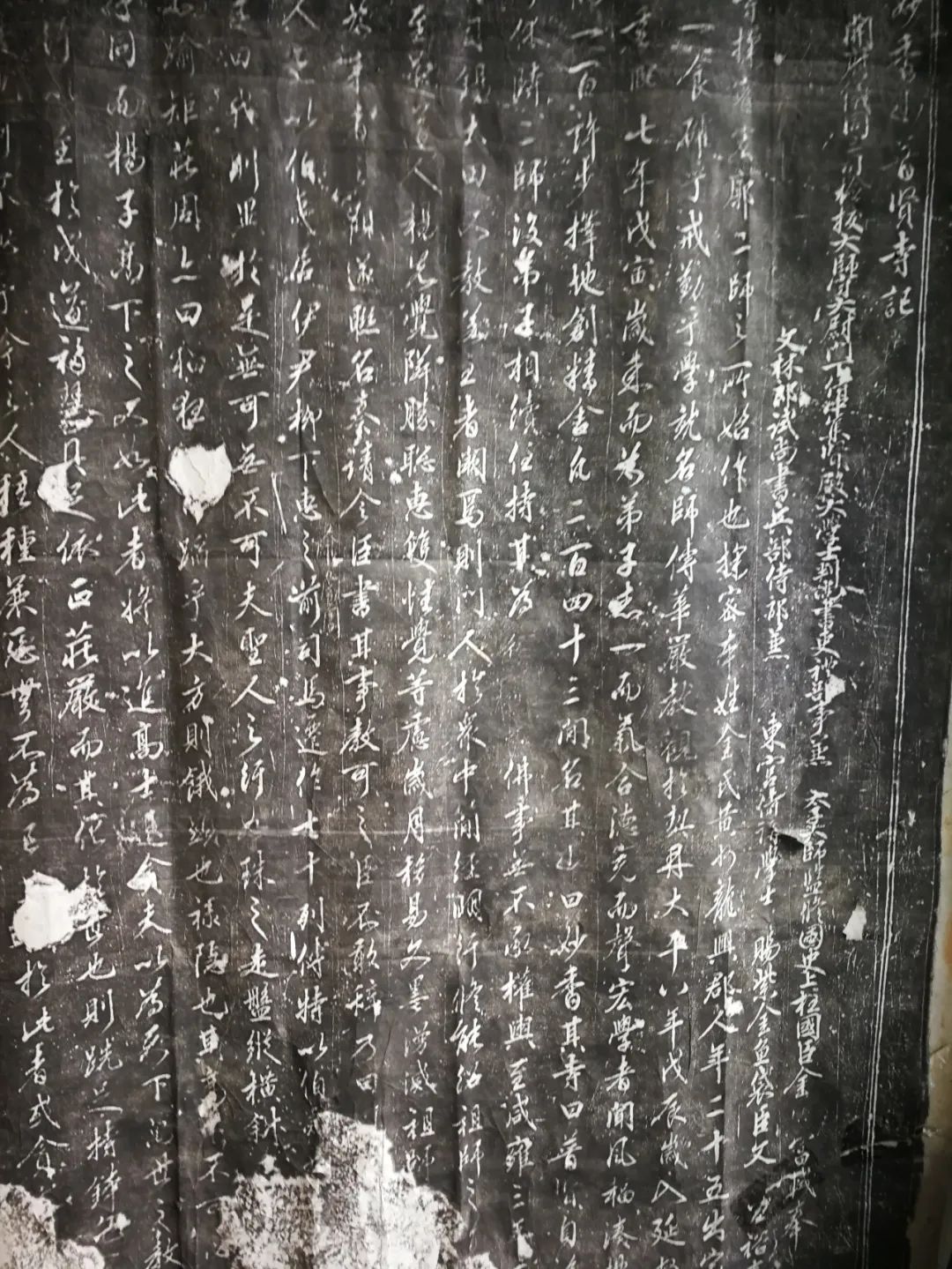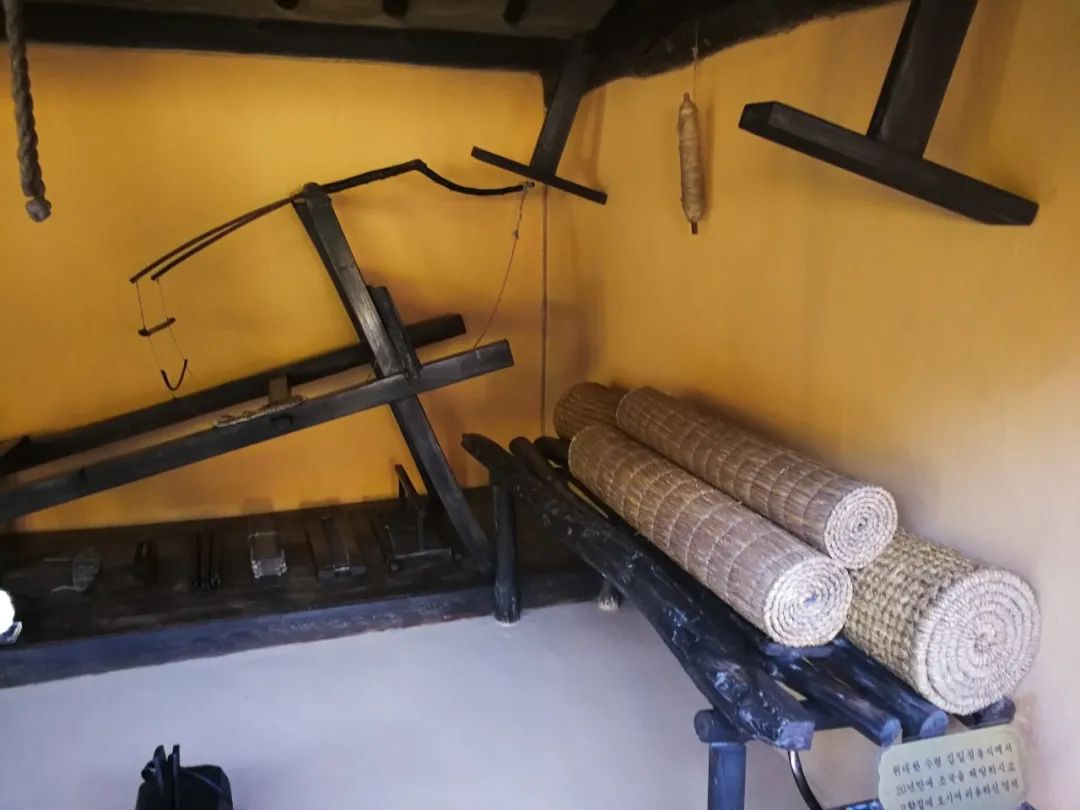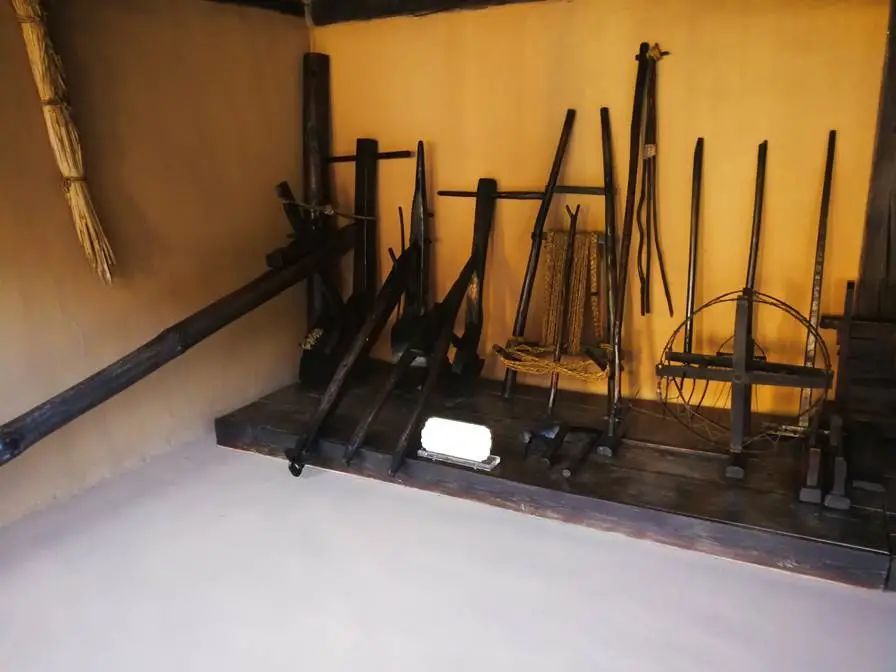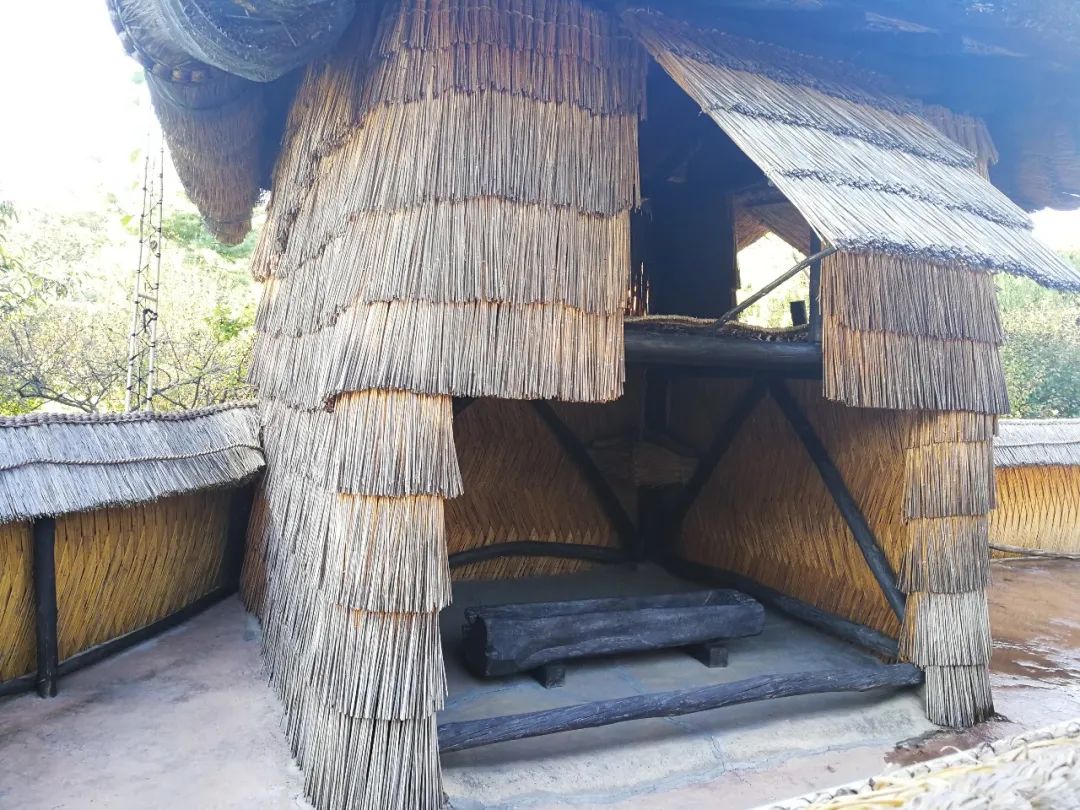
It was dawn on the second morning after arriving in North Korea. It was a foggy morning in Pyongyang. We got up. After a long time, we realized that we had made a mistake in time and it was an hour ahead of schedule. In Northeast my country and the Korean Peninsula, it will be bright at about three o'clock in the morning, which is also the reason why we got the time wrong.
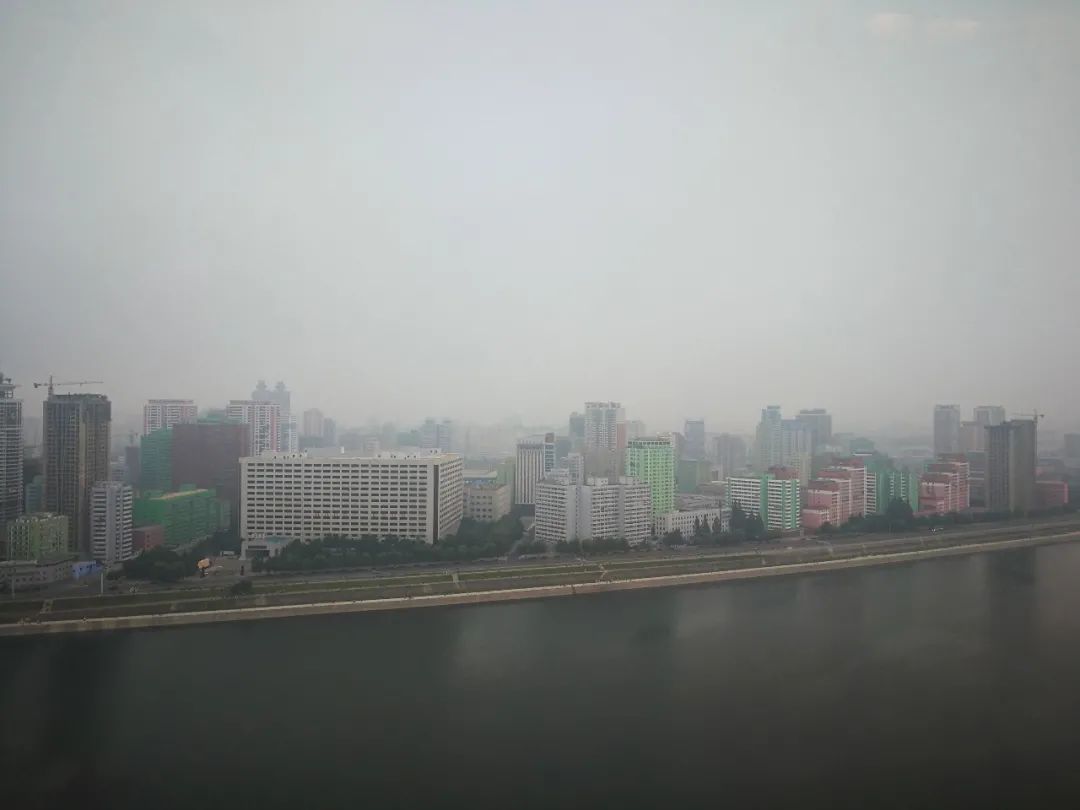
Have breakfast at 5:30 in the morning and go downstairs to catch the bus at 6 o'clock. According to the tour group's arrangement, we will go sightseeing in Myohyang Mountain in northwest North Korea.

01
Miaoxiang Mountain with fresh air and beautiful scenery
The areas in North Korea that are currently open to foreign tourists include Pyongyang City, Nampo City, Kaesong City, North Korea's Hinokang Chinese People's Volunteer Army Martyrs Cemetery, Myohyang Mountain, Qibao Mountain, Yuyue Mountain, Wonsan, Paektu Mountain and other areas. Many tourist areas have inconvenient transportation. , so Chinese tourists generally only travel to Pyongyang, Kaesong and Myohyangsan areas.

The road to Miaoxiang Mountain has hilly scenery, rivers and valleys, and small hydropower stations built on the rivers.

It took more than two hours to drive from Pyongyang and arrived at Myohyang Mountain at 11 am.
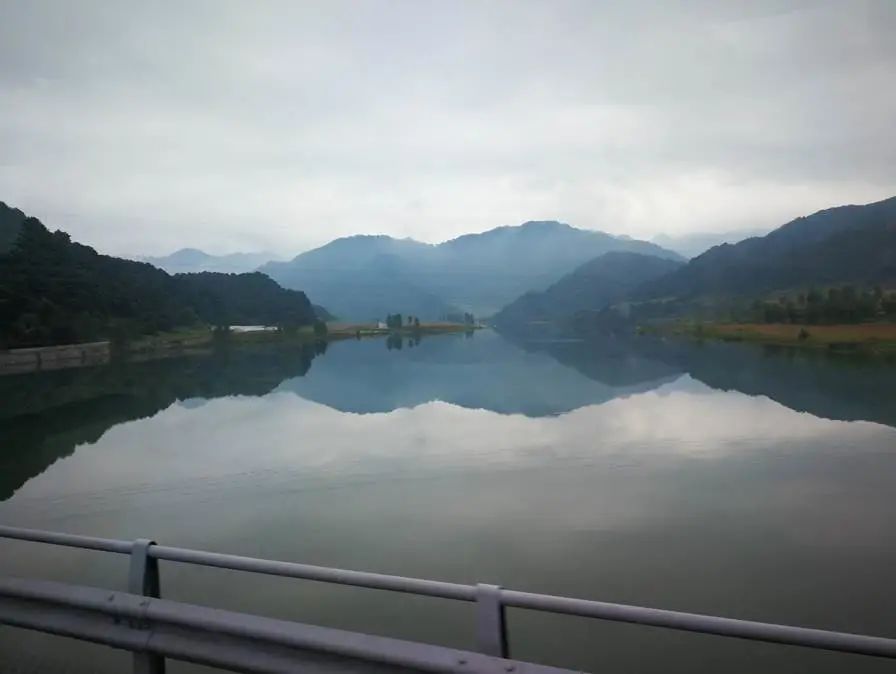
Miaoxiang Mountain, located in the northwest of North Korea, straddles the junction of South Ping'an Road, Cijiang Road and North Ping'an Road. It is a famous tourist attraction in North Korea and one of the six famous mountains in North Korea.

Miaoxiang Mountain is commonly known as Feiliu Mountain and Taibai Mountain. Because of the wonderful and beautiful mountain topography and the fragrant aroma of oriental cypress all over the mountain, Miaoxiang Mountain got its name. There is a saying that "Three thousand miles of splendid mountains and rivers are all scenic spots, but it is impossible to talk about the scenery without seeing Miaoxiang Mountain." It has been known as one of the eight scenic spots in Korea since ancient times.
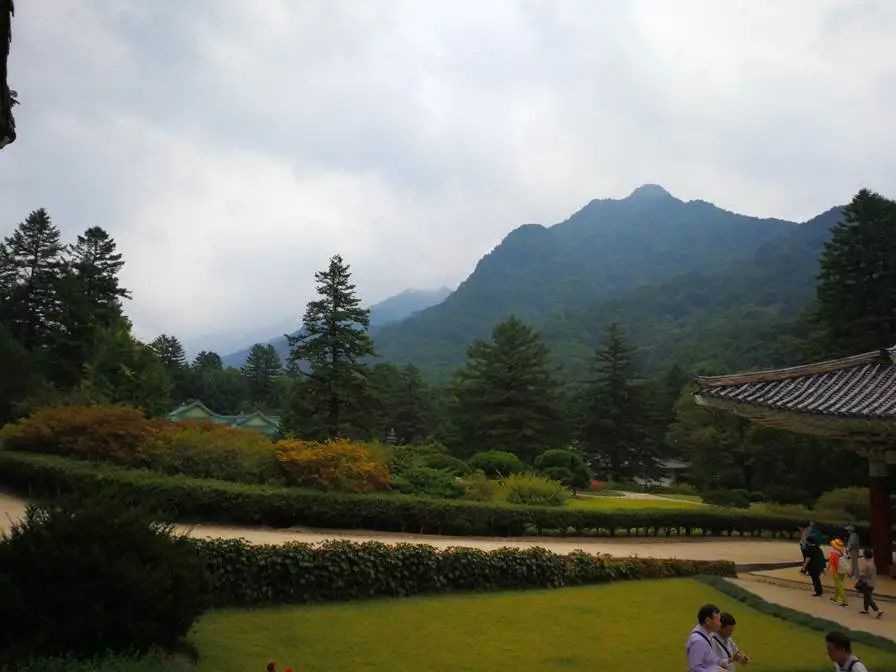
Myohyang Mountain has a radius of 128 kilometers and an area of 375 square kilometers. The east-west and north-south distances are 28 kilometers each. There are several peaks standing side by side with an altitude of more than 1,500 meters. The highest peak is Pilu Peak with an altitude of 1,909 meters. It is the highest peak on the west coast of the Korean Peninsula. peak. Famous peaks include Zhuoqi Peak, Yuanman Peak, Qiantai Peak, Qianta Peak, Xianglu Peak, Five Immortals Peak, Fawang Peak, Qixing Peak, Yuanwan Peak, etc.

The scenery here is different in four seasons, with warm spring and blooming flowers, green summer, colorful autumn, and snowy winter. Especially in autumn, the red leaves all over the mountain are colorful and beautiful.
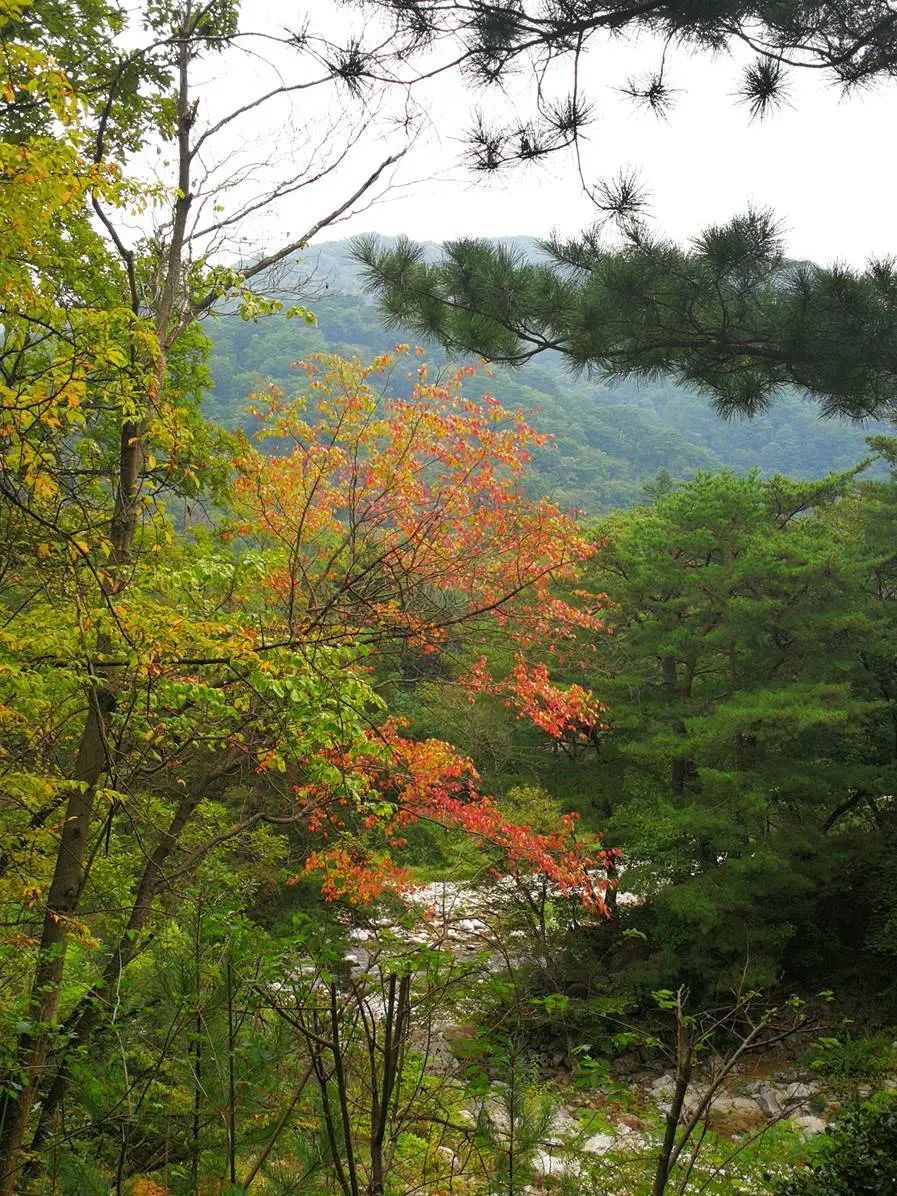
There was a beautiful Korean girl explaining it to us, and the tour guide was translating on the side. There were so many people, we didn't hear what they were saying clearly.

A group member from Ganzhou, Jiangxi Province, took a photo with a beautiful North Korean commentator and a handsome boy, which was eye-catching.

The top of Miaofeng Mountain is shrouded in clouds and mist all year round. There are majestic rocks, deep canyons, steep cliffs, clear water and beautiful waterfalls in the mountain. Towering ancient trees, lush mountains and valleys.

There are many waterfalls in Miaoxiang Mountain, including Tianshen Waterfall, which is magnificent and moving. Sanzhu Waterfall, which is 170 meters high, looks like white snow falling. Yongyuan Waterfall looks like a blue dragon rising into the sky. There are also Wanpudong Waterfall, King Kong Waterfall, Xuyou Waterfall, Youxian Waterfall, etc. Although we don’t recognize the characters on this picture in Puxian Temple, we probably know that it should be a guide map for Miaoxiang Mountain. Several peaks are marked in Korean.

We took a short ride to Puxian Temple, which is said to be an ancient temple from the Northern Song Dynasty. The horizontal plaques in the temples are all written with Chinese characters, including Daxiong Hall, Guanyin Hall, Wanshou Pavilion, Xiangyue Yunxuan, etc.
Puxian Temple was built in the seventh year of Dazhong Xiangfu (AD 1014) of Zhenzong of the Song Dynasty. There are various trees such as fir, sea pine, and ash willow in front of the temple. The tall and tall white pines are majestic and handsome, with green shade like a canopy.

The main buildings in the temple include Main Hall, Manse Tower, Liberation Gate, Tianwang Gate, a four-cornered nine-story pagoda, and an octagonal 13-story pagoda.

The walls of the male hall are very high, the gable-shaped roof, the thick-waisted pillars imitating streamlines, and the decoration of magical sculptures make it look dignified and simple.

It is said that the temple houses 6,780 volumes of Buddhist scriptures printed in the 13th century. The octagonal 13-story stone pagoda is located in front of the temple. Over 500 years The Annals of the Joseon Dynasty, a historical record of the Joseon Dynasty, is a valuable historical document of Korea.
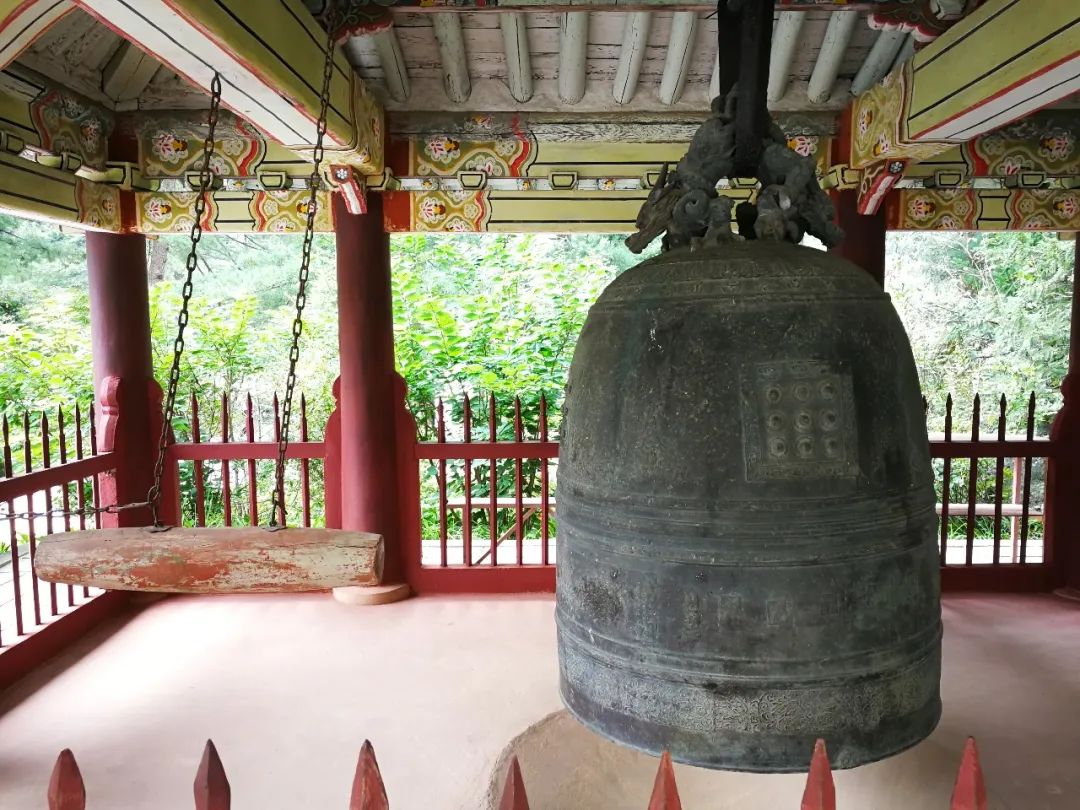
Puxiansa Temple is one of the five major temples in North Korea. It was bombed by American planes during the Korean War. The current temple was rebuilt after the war. It is an ancient and famous temple in the mountains.
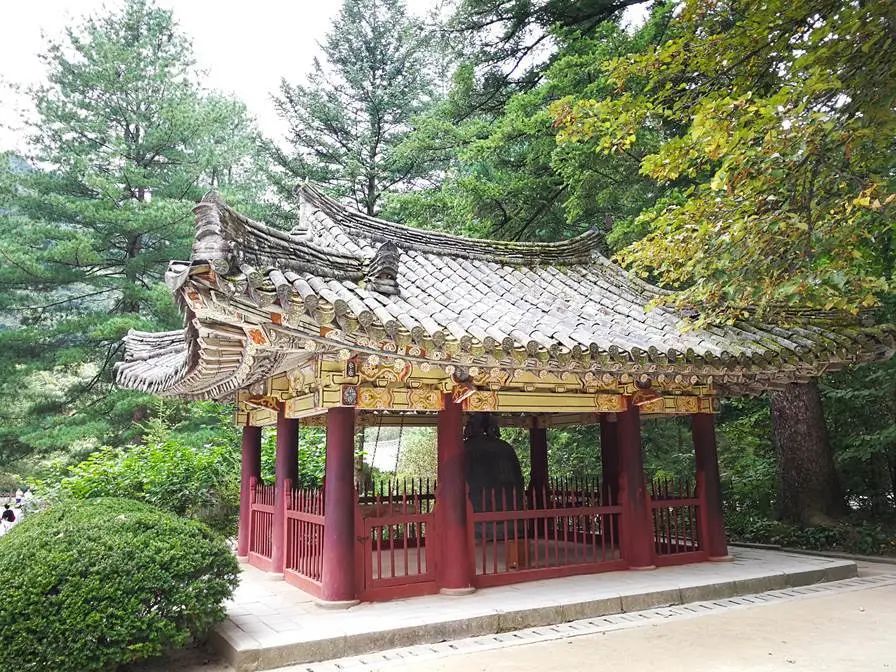
Tour guide intern Xiao Yu has been following our team at the end.
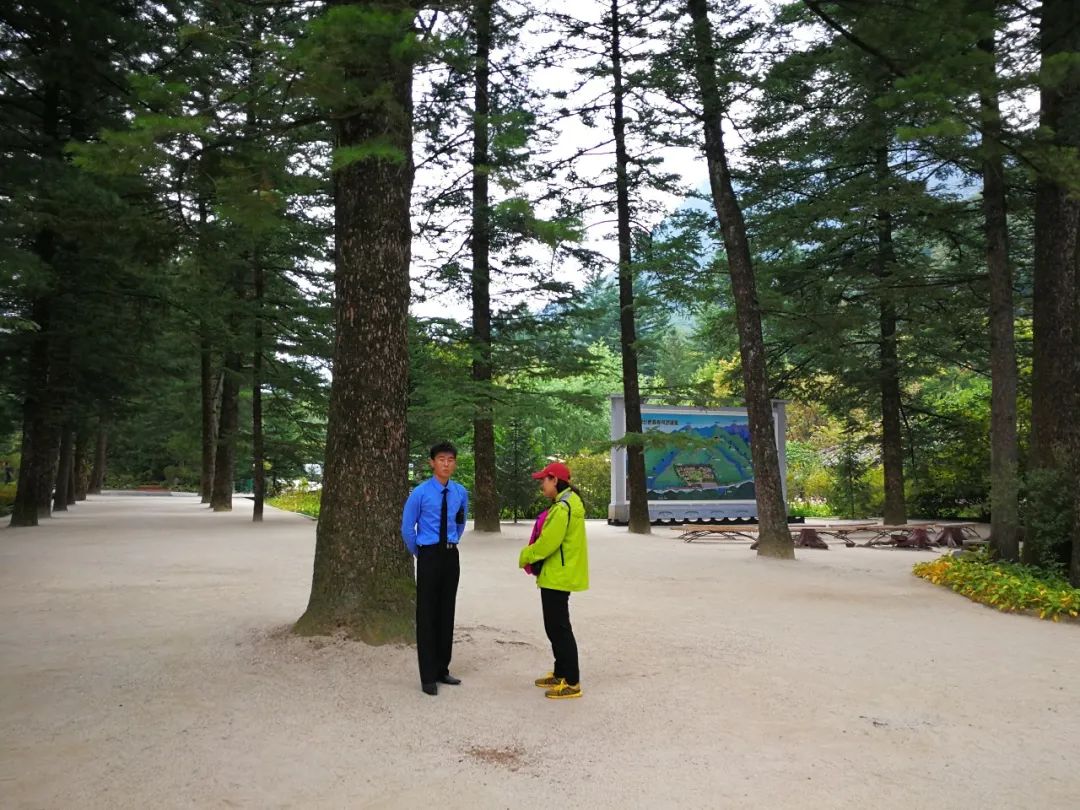
02
The “National Ceremony Hall” that North Koreans are proud of
The National Palace of Ceremonies is the abbreviation of the International Friendship Exhibition Hall. It is a typical multi-story Korean-style large-scale building. However, because Korea has been influenced by Chinese culture since ancient times, its ancient buildings all have the style of Chinese architecture with cornices and brackets. This building looks like a wooden building from a distance. The structure is actually a concrete building of the National Ceremony Hall. If it were not for the soldiers with live ammunition standing at the door, one would have thought it was a Chinese mountain temple.

The National Ceremony Hall located in Miaoxiang Mountain has elevators and escalators, as well as numerous and magnificent exhibition halls. The indoor constant temperature is controlled at 20°C and the relative humidity is 50% all year round. There are also underground exhibition halls, not all of which are open.

Multiple exhibition halls display some of the more than 213,000 gifts given to Kim Il Sung and Kim Jong Il by many countries, organizations and individuals. It seems that China has more gifts.

Before entering the National Gift Exhibition Hall, an older and elegant female leader came to give us a speech. This female leader is a senior tour guide and introduced that she has been doing this job for forty years. There are also photos of her accompanying the first and second generation leaders of North Korea when she was young.

She gave our tour group a lecture in Korean first, and the tour guide translated sentence by sentence: she introduced the National Ceremony Hall, which Koreans are proud of, and put forward some regulations that we should pay attention to, including not taking pictures and making noise, and not Touch objects, don't spit, etc. It seems that this National Ceremony Hall is the treasure of North Koreans.

Follow the guide to visit the National Gifts Exhibition Hall. There is everything in the museum. They are all high-end gifts. In addition to exquisite precious metals, there are also high-end sculptures (including stone carvings and wood carvings), paintings, wild boars, giant bears, tiger skins, etc. , even ivory, and of course Chinese calligraphy. Since photography is not allowed, there are no photos of the exhibits, only a photo of a beautiful woman.

We walked around in a hurry and took a general look. Since the guide spoke in Korean, we felt that she spoke very quickly and did not understand a word. There were a lot of exhibits and there were no Chinese explanations, so we all left with the tour guide without finishing all the exhibits. When she came out, Chen Ping took a historic photo with the female leaders of the National Ceremony Hall.

After visiting North Korea's National Palace of Ceremony, go to the top platform of the National Palace of Ceremony to take a break. There are two rows of sofas where you can purchase some food and drinks. There are some artworks and food for sale on the side. Photography is available, so leave a few photos of this place.

I saw two inscriptions on the inscriptions of "Record of Puxian Temple on Miaoxiang Mountain" and "Reconstruction Monument of Puxian Temple on Miaoxiang Mountain". They were all in Chinese characters and had exquisite calligraphy. I photographed them to share with everyone.
I saw several North Korean custom paintings hanging on the wall, which were vivid and interesting. I took them to share with everyone.


Sitting on it, drinking coffee or tea, listening to the pine waves and looking at the scenery of Miaoxiang Mountain, it is beautiful and comfortable! But more people are taking pictures of the scenery around the platform.


After coming down from Miaoxiang Mountain, we walked with several group members from Handan and chatted with them.

They are brothers Jia Wenxiao and Jia Wenwei and their wives. The four of them drove from Handan to Dandong to participate in this North Korea tour. In the previous article, when we paid homage to the Memorial to the Volunteers, we stood together with them on the left to lay flowers to the Volunteers.

There is a special highway leading to Pyongyang when you drive back to Pyongyang. Speaking of highways, their grade is similar to our provincial roads and county roads, or even worse. Perhaps due to international sanctions, maintenance tools are lacking and manual repairs are not effective.

After two or three hours of driving, I got tired of the scenery, and the road was difficult and boring. I fell asleep on the swaying vehicle, and was woken up again on the way. When I entered Pyongyang, there was an inspection by the People's Army, and the tour guide repeatedly told me not to use it. Photographed with a mobile phone, it can be seen that it is not easy to enter Pyongyang. Their local vehicle has to enter another inspection channel. When the door is opened, soldiers board the vehicle for strict inspection. Our car was because there were international friends on the car, so as long as the tour guide took the procedures and went for inspection, we could leave.

03
Visit Kim Il Sung’s former residence in Mangyongdae
That afternoon we came back from Kaesong. After a long and bumpy journey, we returned to Pyongyang and were taken to a very beautiful scenic spot, which is the former residence of Kim Il Sung in Mangyongdae.
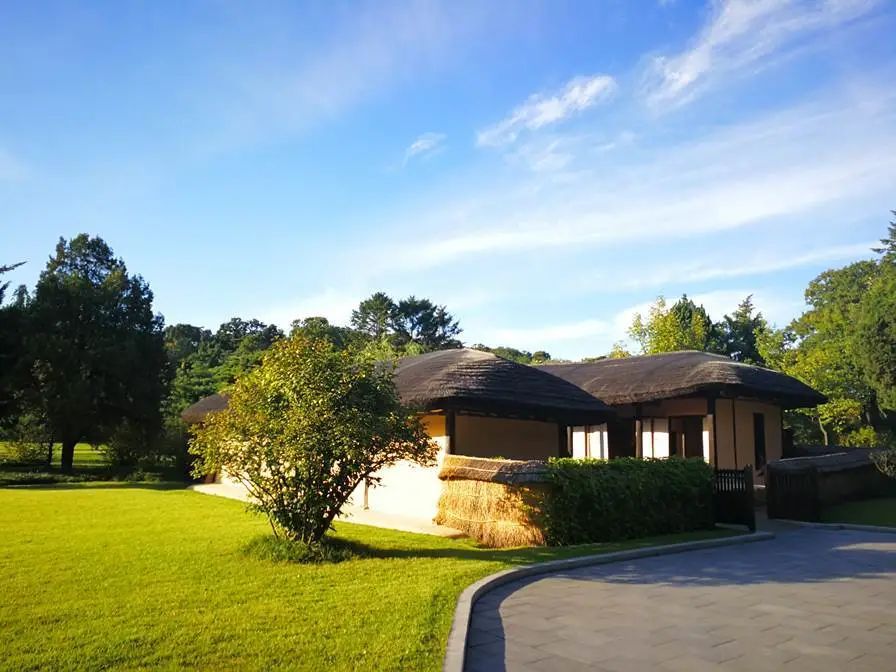
Mangyongdae is actually where the father and grandparents of North Korea's first generation leader Kim Il Sung lived, and where Kim Il Sung was born. It is located on the bank of the Datong River in the west of Pyongyang, 12 kilometers from the city center.

The former residence is a very simple thatched house with Korean characteristics. It looks the same as the houses where ordinary people lived in the past, but it is too elaborately built and seems to be a prop for filming a movie.

After 1917, Japan implemented a more harsh and harsh governance policy on North Korea. Many anti-Japanese people were purged, and some survivors fled the country and came to Northeast China. Kim Il Sung's parents were both engaged in anti-Japanese revolutionary work. In order to escape capture by the Japanese, in 1920, they moved with their family to Linjiang County, Jilin Province. It is said that he later moved to Xiaoshahetun in Antu County, Yanbian.
There, Kim Il Sung attended Fusong County No. 1 Primary School and became close friends with Zhang Weihua, the son of local gentleman Zhang Wancheng. Later, Zhang Weihua and his family helped Kim Il Sung a lot in his revolutionary work.
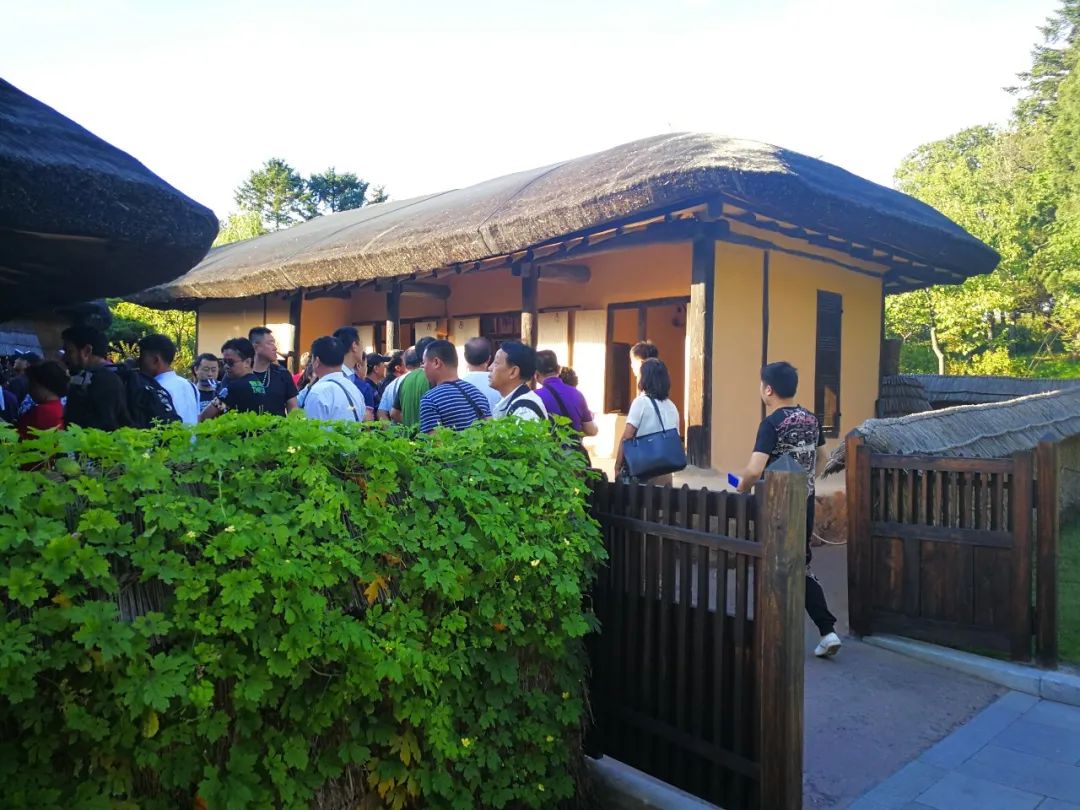
Later, Kim Il-sung's father, Kim Hyung-ji, died of illness, and his mother, Kang Panshi, died in Antu, Jilin at the age of 40. Kim Il-sung's grandparents later returned to North Korea.
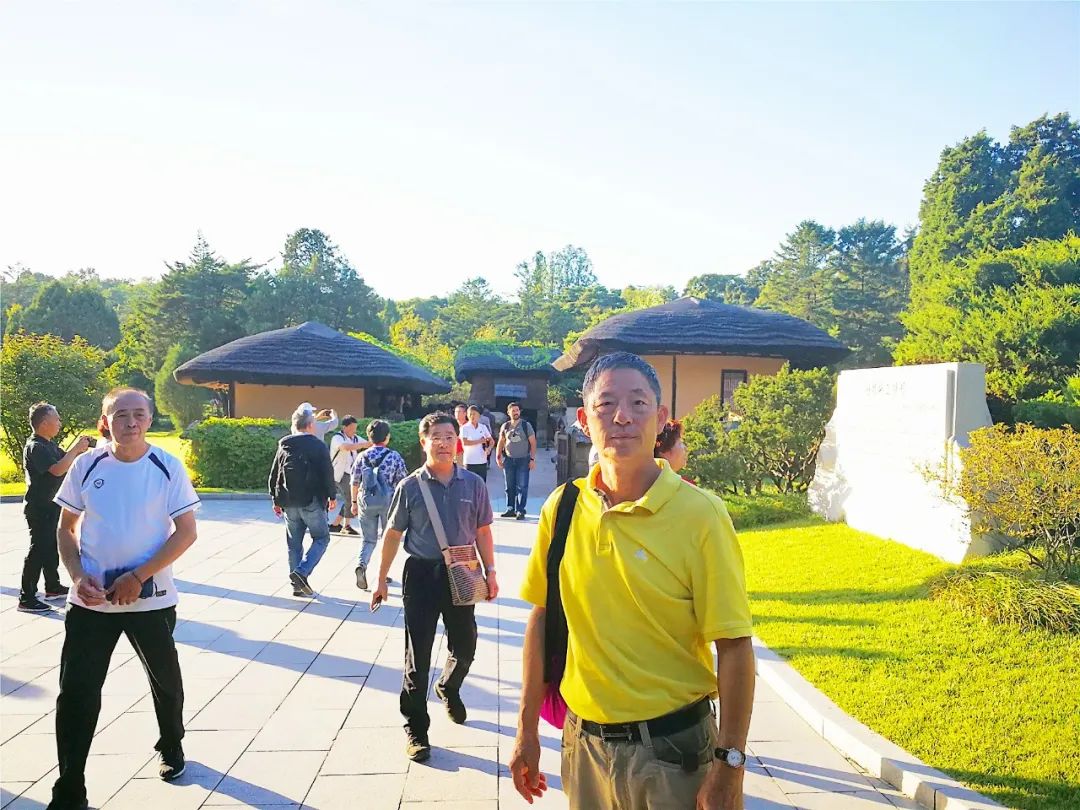
This place is similar to Shaoshan in China. Korean people and foreign friends who come to visit will come here to visit, and we are no exception.

Information introduction: Kim Il-sung (April 15, 1912-July 8, 1994), formerly known as Kim Sung-ju, was the main leader in the founding of the Democratic People's Republic of Korea, the founder of the Workers' Party of Korea, the Korean People's Army, and the Juche idea. He successively served as Chairman and General Secretary of the Workers' Party of Korea. From 1948 until his death, he served as the supreme leader of North Korea and held power for 46 years. He was the core of Kim Il Sung and Kim Jong Ilism. His sons Kim Jong Il and Sun Kim Jong Un also took over power.

04
Kim Il Sung’s Revolutionary Road
Beginning in 1926, Kim Il Sung joined the Korean Communist Youth League, inherited his father's legacy, started the publication "Red Sun", and established a secret reading club to promote Marxist-Leninist thought and revolutionary armed resistance against Japan. In the following years, Kim Il Sung received funding from Zhang Wancheng and purchased 12 pistols and 40 rifles. Around 1931, Kim Il Sung joined the Communist Party of China and introduced Zhang Weihua to join the party and participate in the Chinese people's anti-Japanese struggle. He was mainly active in the Jidong region and the Changbai Mountains.
In 1932, Kim Il-sung founded the Antu County Anti-Japanese Guerrilla Force in Mingyegou, Antu County, Jilin Province. He has successively served as a guerrilla captain, battalion commander, regiment political commissar, and division commander of the Northeast People's Revolutionary Army.
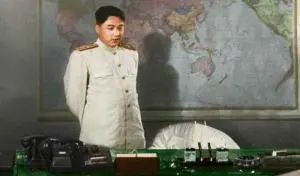
In May 1936, Kim Il Sung established the Korean Anti-Japanese National Front Fatherland Restoration Association, served as its president, and established an anti-Japanese base in Changbai Mountain. On June 3, 1937, Kim Il-sung led more than 150 people across the Yalu River and attacked Putianbao in Japanese-controlled Korea. They won a complete victory and were known as the Battle of Putianbao.
In 1939, Japan increased its military investment in the Manchukuo region, and the strength of Kim Il Sung and other anti-Japanese figures and the army was greatly weakened. In January 1940, Kim Il Sung's First Army was also reorganized into multiple small units to prevent them from being completely wiped out by the Japanese army. On February 23, Yang Jingyu was killed by the Japanese army in Sandaoweizi, Mengjiang County. In winter, the anti-Japanese coalition forces were all driven out of Manchukuo by the Japanese army, and Kim Il Sung and others retreated to the Far East of the Soviet Union.

On February 16, 1942, in the anti-Japanese guerrilla camp in Changbai Mountain, Jilin, Kim Il-sung's wife Kim Jong-sook gave birth to their son Kim Jong-il. On August 1 of the same year, the Third Route Army of the Northeast Anti-Japanese Allied Forces was reorganized into the 88th Independent Infantry Brigade of the Soviet Far Eastern Front Army, referred to as the Anti-Japanese Alliance Teaching Brigade. Kim Il Sung served as the commander of the first battalion, and the Soviet Union awarded him the rank of captain.

In August 1945, the Soviet Union sent troops to attack the Japanese troops in Northeast China. Then Japan surrendered and Korea was liberated.
In August 1945, the Soviet army entered the northern part of the Korean Peninsula. The Soviet Union entrusted Kim Il-sung, a former mid-level officer of the Northeast Anti-Japanese Allied Forces, to return to the northern part of the Korean Peninsula with the Soviet army, contact some former Korean Workers' Party members who were working underground in southern Korea, and rebuild the 1928 The Korean Communist Party was dissolved by the Comintern. Before returning to the country, Kim Il Sung met with Soviet leader Stalin. Kim Il Sung was promoted by the Soviet Union as the leader of North Korea. On September 19, Kim Il Sung returned to North Korea on a Soviet warship and bid farewell to China, where he had lived for 25 years.

On October 10, 1945, Kim Il Sung founded the North Korea Committee of the Communist Party of Korea and was elected chairman. In November 1946, the Communist Party of Korea, the Korean People's Party, and the New Democratic Party of South Korea merged to form the Workers' Party of South Korea.

On February 8, 1948, Kim Il Sung strengthened and developed the Korean People's Revolutionary Army into the regular Korean People's Army. In September of the same year, the Democratic People's Republic of Korea was established, and Kim Il-sung was elected as Chairman of the Workers' Party of Korea and Prime Minister of the Cabinet (changed to Head of State in 1953), becoming the supreme leader of North Korea. In December and January of the following year, Kim Il-sung twice requested the Soviet Union to conclude the Treaty of Friendship, Cooperation and Mutual Assistance between the Soviet Union and North Korea, and requested the provision of weapons support. But the Soviet Union did not agree to conclude the treaty. It only approved the Soviet Far East Army's plan to provide military assistance to North Korea. In February 1949, Kim Il Sung proposed leading a delegation to visit the Soviet Union and discuss the reunification of Korea with Stalin in Moscow.
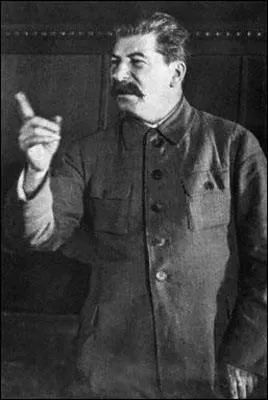
On June 7, 1950, Kim Il Sung issued an appeal to the people of the north and south of the Korean Peninsula to achieve peaceful reunification of the country on the basis of holding general elections across the Korean Peninsula from August 5 to August 8, and called for the peaceful reunification of the country for this purpose. A consultation meeting was held in Haizhou City from June 15th to June 17th. On June 11, three representatives of the Kim Il Sung-occupied areas in the north crossed the 38th Parallel and planned to submit an appeal for peaceful reunification of the country to the leaders of South Korea's political parties, but were arrested by the South Korean government. On June 25, North Korea attacked South Korea, and the Korean War broke out.

In July 1961, Kim Il Sung visited China and signed the China-North Korea Treaty of Friendship, Cooperation and Mutual Assistance with Zhou Enlai.

From 1967 to 1968, after defeating the Kosan faction, the last opposition member of the Workers' Party of Korea, he finally became the chairman of the Democratic People's Republic of Korea in 1972. Kim Il-sung alone took full control of the absolute power of the North Korean party, government and military, becoming Single leader.

On July 7, 1994, Kim Il Sung inspected the local grain harvest. He returned to the Myohyang Mountain villa late at night and learned that his old comrade General Zhao Mingxuan had passed away. Kim Il Sung was extremely sad and learned that the doctor was afraid of taking responsibility and used conservative treatment. Treatment Zhao Mingxuan failed to open the skull in time and rescue him. Kim Il-sung was extremely angry and rushed to the heart. He suddenly suffered a heart attack and collapsed to the ground. There is no Suxiao Jiuxin Pill in the health care doctor's medical kit. The health doctor immediately requested an emergency helicopter to take Kim Il Sung to the hospital in Pyongyang as quickly as possible. However, there was a violent storm that night, and the first helicopter crashed in Miaoxiang Mountain. When the second helicopter arrived at 2 a.m. on July 8, Kim Il Sung's heart had stopped beating, and he was 82 years old.
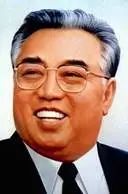
Before Kim Il Sung's death, his son Kim Jong Il was being treated for illness, so Kim Il Sung had to work continuously in his old age. Problems at home and abroad troubled Kim Il-sung greatly. Domestic agricultural harvests are still poor and the economy is stagnant; abroad, former U.S. President Carter visited Pyongyang because North Korea was accused by the United States of testing nuclear weapons. These problems led to Kim Il Sung's eventual heart attack.

After the death of Kim Il-sung, Chinese leaders Deng Xiaoping, Li Peng, and Qiao Shi sent messages of condolences, and sent Ding Guangen and Wen Jiabao, members of the Secretariat of the Communist Party of China, and General Wang Ruilin, the first deputy director of the General Political Department of the People's Liberation Army, to North Korea to express condolences on behalf of Deng Xiaoping and Jiang Zemin. Ding Guangen and others reiterated the CCP's support for the Kim Jong Il regime when attending an extraordinary meeting of the Political Bureau of the Central Committee of the Workers' Party of Korea.

After Kim Il Sung's death in 1994, his body was permanently preserved in a crystal coffin at the Kumsusan Palace of the Sun in Pyongyang. In September 1998, North Korea revised its constitution and Kim Il-sung was posthumously awarded the title of permanent chairman of the Republic. Since then, North Korea has no longer established a national president.
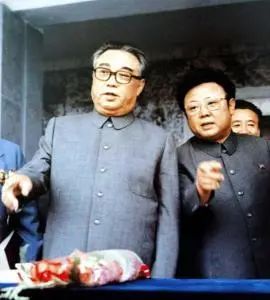
In 1994, Kim Il Sung's heir was his eldest son, Kim Jong Il. In 1997, Kim Jong Il became General Secretary of the Workers' Party of Korea.

On December 17, 2011, Kim Jong Il, the supreme leader of the North Korean party and state, died of a heart attack at the age of 69.

On December 30, 2011, Kim Jong-un was elected as the supreme commander of the Korean People's Army. On April 11, 2012, Kim Jong-un was elected chairman of the Central Military Commission of the Workers' Party of Korea and first secretary of the Workers' Party of Korea, and Kim Jong-il was "forever supported as the general secretary of the Workers' Party of Korea."

In North Korea, people officially call their three generations of leaders: Great Leader Chairman Kim Il Sung, Great Leader General Kim Jong Il, and Dear Supreme Leader Comrade Kim Jong Un.

05
What I experienced in North Korea over the past few days
During our time in North Korea, we continued to understand the lives of North Korean people and discovered some daily interesting stories to share with everyone.

1. Everyone wears a badge
I have seen people wearing badges on their chests in Dandong, but I didn’t realize that those people were North Koreans.

When I came to North Korea, I saw that every North Korean wore a badge with the portraits of the first leader and the second leader on the left chest. Some wear one, some wear two, and some wear the flag badge of the Workers’ Party of Korea.

They must be particular about wearing badges. I asked tour guide Luo, and the tour guide said that these are issued by the organization and cannot be bought outside. Badges are issued by their units based on their individual work achievements to encourage them to work hard for the motherland.

In North Korea, every member of the Workers’ Party and Youth League will wear the party emblem and alliance emblem. Even if you come to China for a business trip, you still have to wear it. If you don't wear it, you will be discovered by spies in China and you will definitely be punished when you return.

2. Voluntary labor pulling weeds by the roadside
During my several days of traveling in North Korea, I often saw local residents pulling weeds on the grass while sitting on the bus, especially in Pyongyang. When the vehicle turns a corner, you will see people pulling weeds on the lawns on the roadside. Some people even drag their families with them. A large family squats on the lawn and carefully and conscientiously clears away the weeds.

Later, after asking the tour guide, I found out that they regard the lawn as their own garden, care for the lawn with great enthusiasm, and object to trampling on the grass. Since there is no private ownership economy in North Korea, when they have nothing to do after work or on their days off, they will go to the riverside and roadside with their families to participate in voluntary labor of pulling weeds. After pulling the weeds, they also bring their own Tools for watering lawns and small trees.

They also regard pulling weeds as a way to communicate with others. They squat down to pull weeds for a while, and then stand up to talk to people. In this way, time passes easily.

3. Bicycles are the main means of transportation
After a few days, we saw that along the road, besides pedestrians, there were also bicycles. They all consciously walked on both sides of the road.
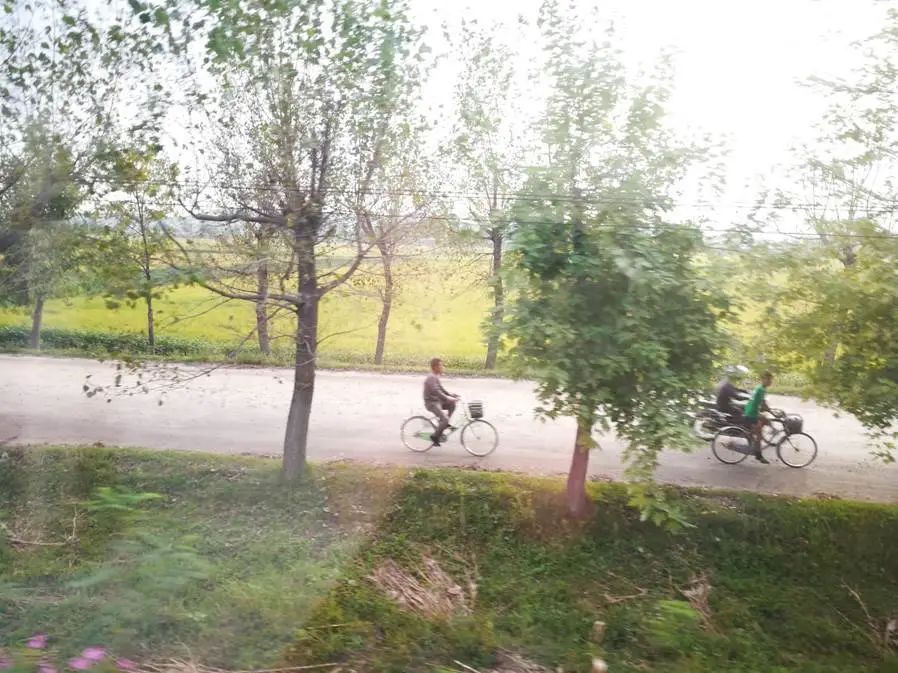
Bicycles in North Korea are not only a means of transportation, but also an indispensable cultural symbol in the lives of North Koreans.

Bicycles have many functions. Bicycles are also dowries and one of the three most important items for ordinary people to get married.

Bicycles are an indispensable tool for carrying goods in North Korean people's lives. They must be strong and durable and cannot fall apart as soon as they are loaded with heavy objects. In addition, the road conditions in North Korea are not good, and many places have no street lights at night. Therefore, in addition to requiring bicycle tires to be wear-resistant, they are also required to be equipped with battery night lights.

Due to the importance of bicycles, each bicycle has an identification card. There is a small red disk with numbers on the bicycle basket. This is the bicycle ID card. In the 1990s, North Korea banned women from riding bicycles. It was said that North Korean women traditionally wore skirts, but riding bicycles in skirts was unsightly and posed a safety hazard. So there was a "no women riding bicycles" rule. At that time, there were also specialized personnel who went out on the streets to check. If they encountered disobedient women, they would give them a lecture or, in the worst case, confiscate their bicycles. Nowadays, more women wear pants, so riding bicycles is no longer prohibited.

In the past few years, North Koreans liked Japanese second-hand bicycles. They are lightweight and resistant to falling, and are especially suitable for riding in mountainous areas. Farmers in remote areas feel very proud when they have a Japanese bicycle at home.

Nowadays North Koreans like Chinese bicycles. This kind of love gradually emerged with the birth of the joint bicycle factory between China and North Korea. The joint venture is called Pingjin Bicycle Factory. Its annual sales volume is about 50,000 units, mainly under the "Mudanfeng" brand and "Feikui" brand, with a market share of nearly 80%. Among them, the average selling price of the more high-end "Feikui" brand bicycles is US$90, which is approximately RMB 650.

4. Road construction lags behind
The streets of Pyongyang are wide, but there are very few cars on them. It is said that only the upper class of society can afford cars. Generally, government civil servants are equipped with cars, or the government awards cars to people who have made outstanding contributions to the country. The main public transportation in Pyongyang is buses and subways. Generally, buses are full. Although it is crowded, citizens will queue up consciously and wait patiently, and the order is good. But most Pyongyang people are still accustomed to walking or riding bicycles.

Main roads are basically dirt roads. Only a few main roads leading to Pyongyang are cement paved, but they are also in disrepair. I saw several workers repairing pavement on the road. The tools they used were still primitive. Several people poured asphalt by hand to repair the unevenness on the road, which was inefficient, let alone effective.
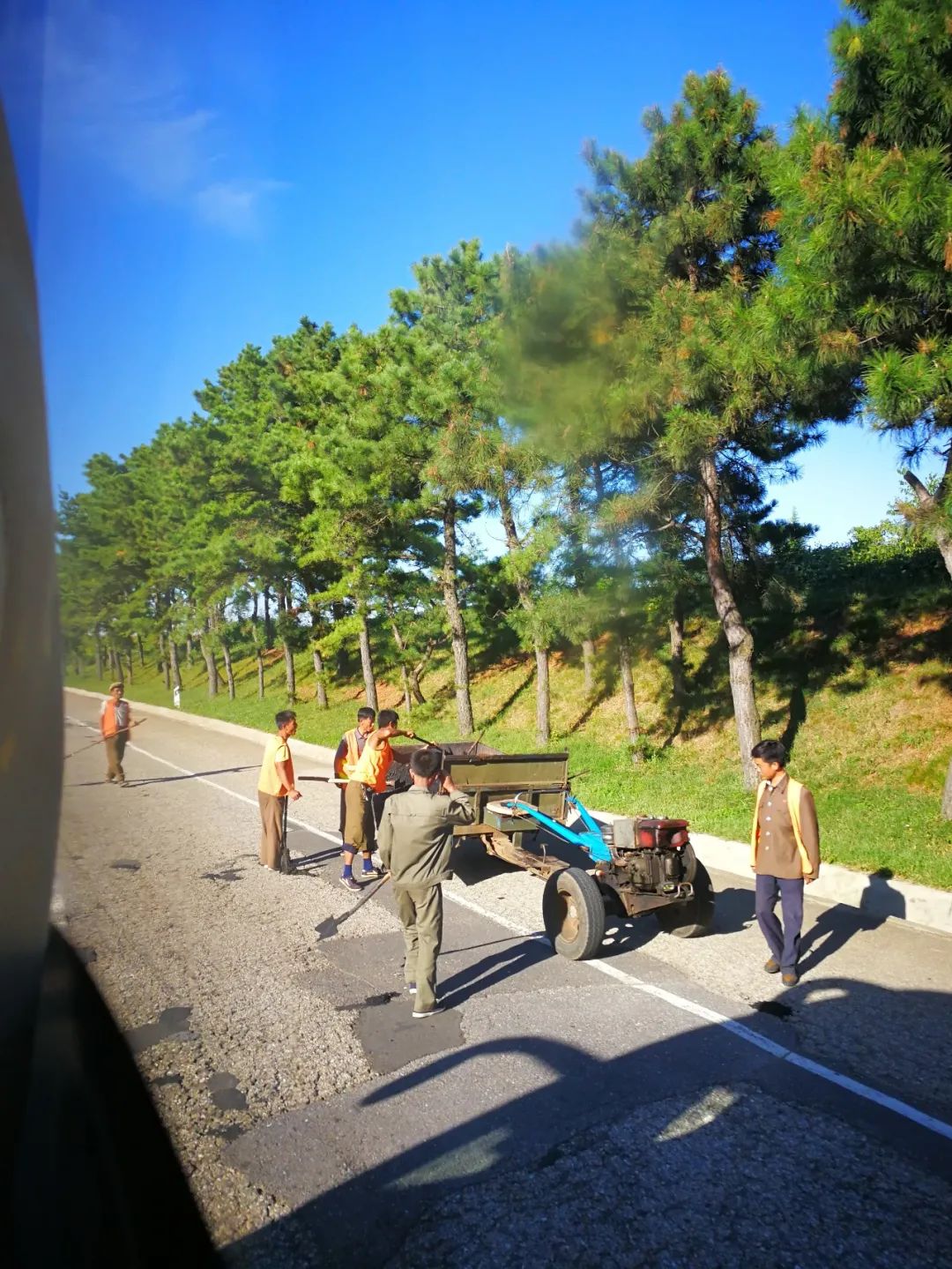
Occasionally, I saw a car passing by in the distance, and the dust was so thick that the vehicle was almost invisible. Later, we had experience and when we saw dusty areas, we knew that there must be cars passing by on this road.

There are only asphalt roads leading from Pyongyang to several surrounding big cities, but they are full of potholes and difficult to navigate. Fortunately, there are not many vehicles. Looking around, there was not a single car in sight for several minutes.
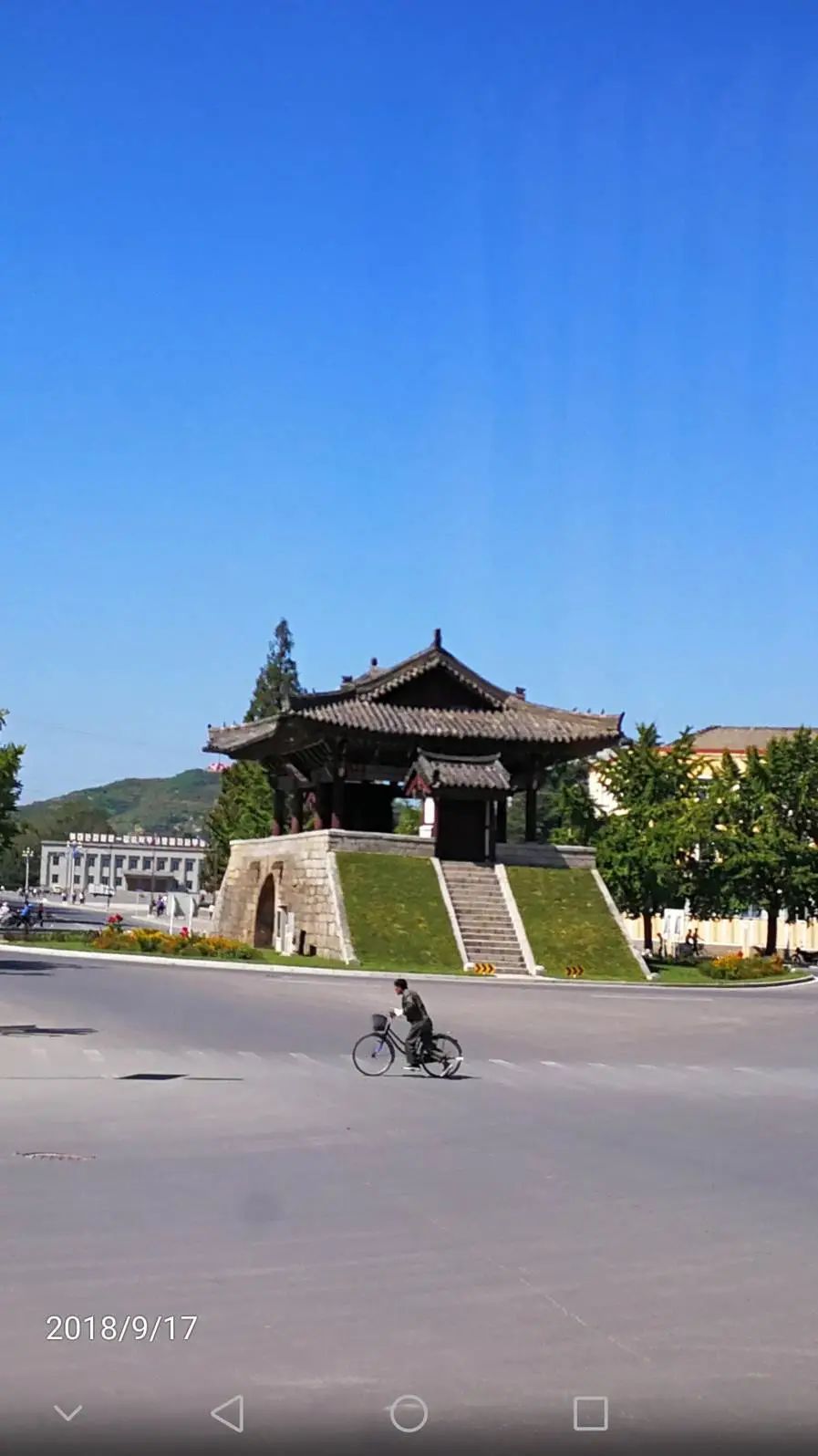
This is true even in Pyongyang. Once, when a group member wanted to cross the road to take pictures, the tour guide immediately shouted, pay attention to the cars. In fact, if this road is compared with our country, it is like there are no cars.

5. Korean marriage
North Koreans jokingly call men pants and women skirts. Unmarried men and women are called new trousers and new skirts; married men and women are called old trousers and old skirts; remarried men and women are called torn trousers (repaired trousers), torn skirts (repaired skirts), etc.

According to North Korea's national marriage standards, women can apply for marriage when they are 17 years old and men are 19 years old. But people generally don't get married until they are over 23 years old. There are some differences between urban and rural areas. Young men and women in Pyongyang get married relatively late.

If a man and a woman have established a marriage relationship, they must give each other gifts. The man should give meat, wine and other items, but not money, and there is no need to buy a car. When they get married, they don't eat candy, but cold noodles. There must be cold noodles at the wedding banquet.
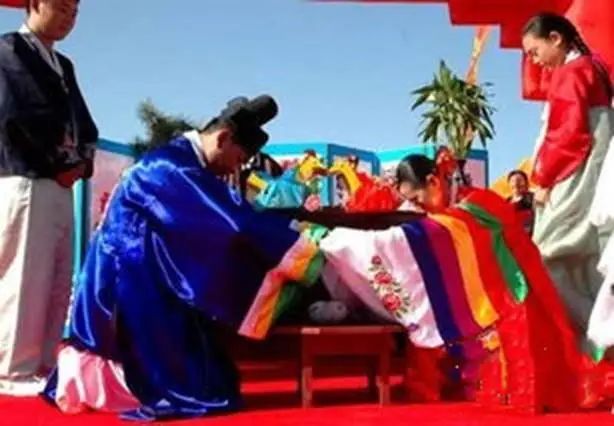
The house where you get married is allocated by the state. Men don't have to worry about buying a house or decorating it. The large furniture in the house is provided by the state. The woman must have a dowry, and the dowry for ordinary families also includes three items that were popular in the past few years: bicycles, color TVs, and solar panels. Due to the severe power shortage, solar panels that can be placed on rooftops and balconies to generate electricity are extremely popular. In addition, the dowry also includes some small things in the house, including quilts.

North Koreans' criteria for choosing a spouse: The woman's requirements for the man are: first, he must have served in the military; second, he must have a university diploma; third, the man must be a member of the Workers' Party of Korea. The criteria for a man to choose a wife are: first, she must have a college degree or above, second, she must be beautiful, and third, she must be virtuous, able to run a household thriftily, and have children.

Tomorrow, we will go to the famous Panmunjom and visit the "38th Parallel" where North Korea and South Korea meet.


